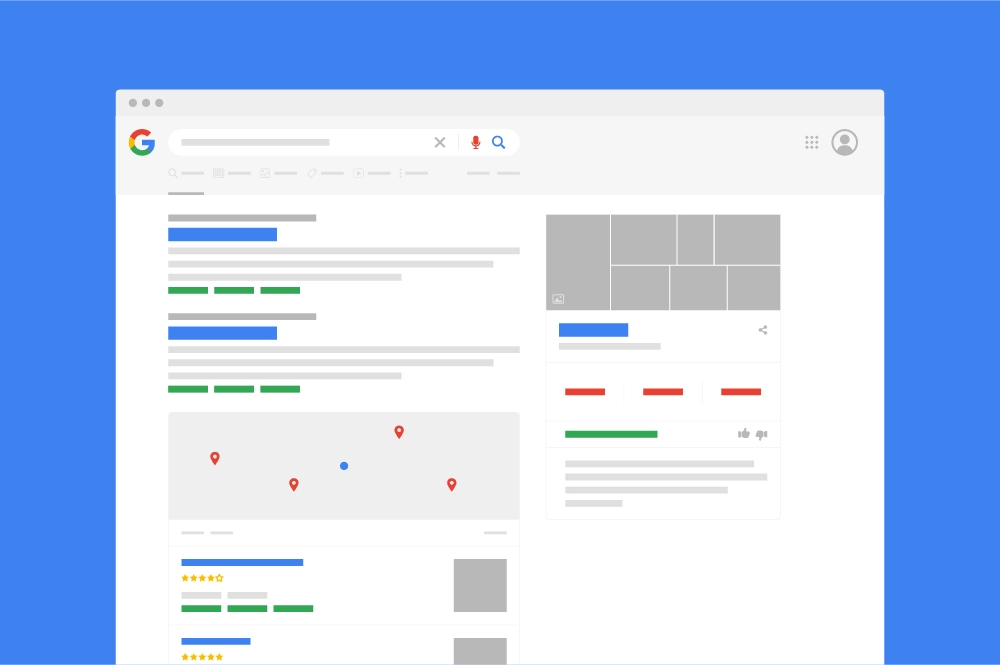In today’s digital world, grasping the fundamentals of Search Engine Results Pages (SERPs) is essential for anyone with an online presence. Whether you’re a marketer, business owner, or internet user, understanding SERP can empower you to navigate online search effectively.
What is SERP?
SERP, or Search Engine Results Page, is the webpage displayed by search engines in response to a user’s query. It serves as the gateway between users and the vast information available online. When you search on Google, Bing, or Yahoo, the SERP is what you see—a list of relevant content types like web pages, images, videos, and news articles.
How Does SERP Work?
Search engines use complex algorithms to analyze web pages and determine their relevance to specific queries. While the exact algorithms are secret, they consider factors like relevance, authority, user experience, keywords, and backlinks to rank pages and deliver the most useful results to users.

Parts of the Results Page
When you search for something on the internet, there are a variety of ways and formats in which it may appear. Here’s a list of the components you’ll most likely encounter in any given search:
- Organic Results- Listings of web pages that match the user’s search query based on relevance and authority, ranked by the search engine’s algorithm.
- Paid Ads- Sponsored listings displayed at the top or bottom of the SERP, marked as ads, and typically related to the user’s search query.
- Featured Snippets- Concise summaries of relevant information extracted from web pages, displayed prominently at the top of the SERP in a box format.
- Knowledge Graph- Information boxes displayed on the right side of the SERP, providing quick answers to factual queries, sourced from trusted databases.
- Images and Videos- Visual content relevant to the search query, displayed in separate sections within the SERP, offering users alternative ways to consume information.
- Local Pack- For location-based searches, a section displaying businesses or services relevant to the query, often accompanied by a map and contact information.
Influencing SERP with SEO Practices
While you can’t control search engine rankings directly, you can optimize your web pages to improve their visibility. Search Engine Optimization (SEO) involves legitimate practices such as:
- Keyword Research- Identify terms your audience searches for and use them strategically in your content.
- On-Page Optimization- Optimize page titles, meta descriptions, headings, and content for target keywords.
- Quality Content- Create informative and engaging content that matches user intent.
- Mobile Optimization- Ensure your website is mobile-friendly.
- Link Building- Earn backlinks from reputable websites in your industry.
Implementing these SEO practices can enhance your website’s visibility and increase organic traffic.
Conclusion
SERPs guide users through the vast internet landscape. Understanding SERP and optimizing your online presence can improve your visibility and help you stand out. Focus on relevance, authority, user experience, and other key factors to optimize your website effectively. So, dive into SERP optimization and watch your online presence grow.

One Response
The explanation of how SERPs work, including the complex algorithms used by search engines to analyze web pages and deliver relevant results, is particularly enlightening. Understanding these underlying processes empowers individuals to navigate online search effectively and optimize their online presence for better visibility and engagement.